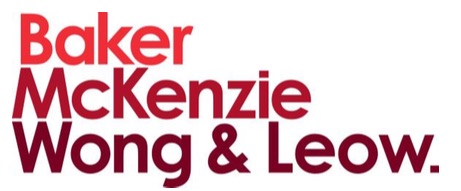10 October, 2017
Facts
Warner-Lambert Company LLC ("Warner-Lambert") owns a Singapore Patent pertaining to the use of pregabalin, an active ingredient for the treatment of pain. Novartis (Singapore) Pte Ltd ("Novartis") applied for product licences to market generic pregabalin products in Singapore.
Warner-Lambert commenced action against Novartis, seeking a declaration that the generic pregabalin products would infringe their Singapore patent. Novartis counter-claimed for a revocation of the Singapore patent, on the ground that the claims were directed towards a method of treatment of the human or animal body, which are impermissible under the Singapore Patents Act due to a lack of industrial application.
In view of the revocation proceeding, Warner-Lambert applied for leave to amend the claims of the Singapore patent to a Swiss-style claim, which is typically framed as "use of substance X in the manufacture of a medicament for the treatment of condition Y".
Decision
The Court of Appeal dismissed Warner-Lambert's appeal to amend the claims of the Singapore patent. The Court of Appeal further considered whether second and subsequent medical uses of known substances could be patented by Swiss- style claims.
(i) Amendment of the claims
Firstly, the Court found that amendments to "obviously invalid" claims, such as the method of treatment claims in Warner-Lambert's patent, should be rejected.
Furthermore, the Court held that amending the claims from method of treatment claims into Swiss-style claims would extend the scope of protection conferred by the Singapore patent, as the granted claims protected a method of treatment of the human body whereas the amended claims protected the manufacture of a medicament.
The Court also found that there was an undue delay in bringing about the amendments as Warner-Lambert took over a decade to apply for the amendment.
(ii) Permissibility of Swiss-style claims
The issue of permissibility of Swiss-style claims had never been fully explored in the Singapore courts. The Court commented (in obiter) that Section 14(7) of the Patents Act appeared to support the patentability of second and subsequent medical uses of known substances. This is contrary to the UK approach, where the equivalent provision (i.e. Section 2(6) of the UK Patents Act 1977) has been interpreted as protecting only the first medical use of known substances.
As such, the Court observed that it might no longer be necessary for inventors to resort to Swiss-style claims to frame second and subsequent medical uses, since purpose-limited product claims (in the form of “Compound X for use in the treatment of disease Y”) may sufficiently cover second and subsequent medical uses.
Comments
This case is a landmark decision in patent law as it was the first time the Singapore courts explored the permissibility of Swiss-style claims and whether second medical uses of known substances are patentable. The topic has hitherto been hotly debated in other jurisdictions such as the UK and EU.
It should be noted that the patent examination guidelines by IPOS currently allow Swiss-style claims but not purpose-limited product claims. In light of this decision, it remains to be seen if IPOS will revise their guidelines accordingly.
For further information, please contact:
Andy Leck, Principal, Baker & McKenzie.Wong & Leow
andy.leck@bakermckenzie.com




